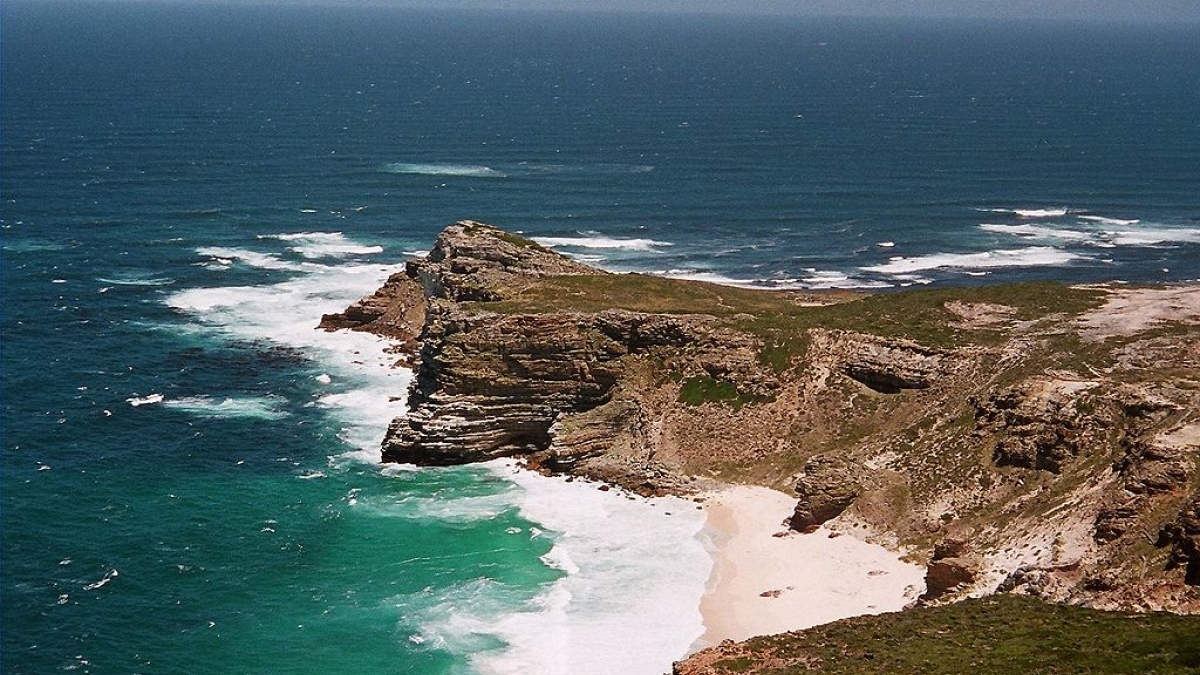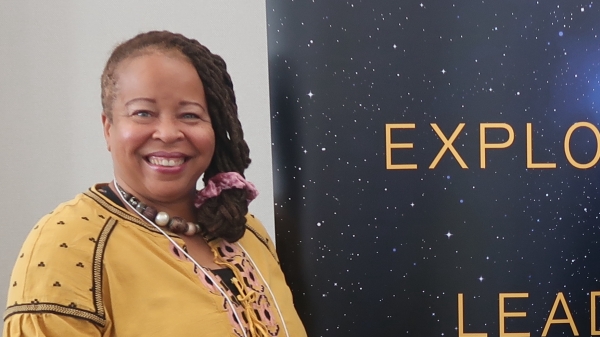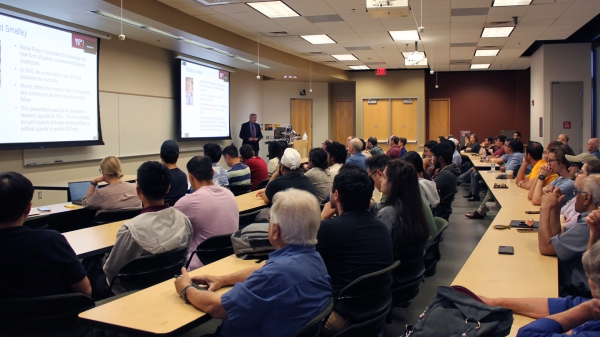Sea changes lead to genetic divergence
ASU researcher shows link between changes in coastal topography and species evolution

The Earth and the life living on it must change together.
“The landscape of our planet itself is dynamic and evolving, just like the species we study,” said Arizona State University evolutionary biologist Greer Dolby.
As coastlines expanded and receded over centuries, sea-level change and topography shaped how species evolved, according to a study published earlier this month in Molecular Ecology. Dolby was the lead author.
The team modeled how western United States and Mexico estuaries — places where rivers meet larger bodies of water like the Pacific Ocean — changed over the course of thousands of years.
When sea level goes down, as it has when large portions of the planet froze during ice ages, so does the amount of habitat. Estuaries become smaller and are often located further apart. Populations of species become separated and begin to evolve separately, perhaps adapting to different environments. Over time, a single species can become more genetically diverse or even evolve into new species, like the Kaibab and Abert’s squirrels on the North and South Rims of the Grand Canyon.
When sea level rises, the isolated species’ habitats reconnect. The researchers found that major present-day genetic groups of three kinds of fish originally came from a few isolated paleo-estuaries.
The rocky, craggy shapes of the Pacific coast played a role in the process, too. Headlands jutting out into the ocean, like the Palos Verdes Peninsula and Point Conception in California, act as barriers, preventing estuarine life from migrating and interbreeding, particularly when the sea level is lower. There are also fewer estuaries on cliff-heavy, geologically young coasts, so there’s less habitat to go around.
“What does that mean for organisms living in that really dynamic landscape?” said Dolby, a postdoctoral research associate in the School of Life Sciences. “This process of habitat change is sort of the baseline. On top of that you might have additional barriers to gene flow, like headlands. … Theoretically our model would apply to any organism living in tidal estuaries.”
Dolby has a background in geology as well as biology.
“I spend a lot of my time thinking about how the landscape on Earth changes,” she said. “Because I have a bit of a different background, it can lead me to different questions.”
The study suggests that geography will have a role to play in the future as sea level rises with climate change. Most of the world’s population lives along coastlines (about 60 percent in the United States). Coastal development will have a profound effect on this dynamic.
“The position of sea level and how it interacts with the physical coastline has an important influence on evolution,” co-author and UCLA evolutionary biologist David Jacobs said in a release. “Where estuaries exist today is not where they were necessarily before, nor where they may be in the future.”
Read the full paper here.
Top photo: Pocket beach at the Cape of Good Hope. Photo by Paddy Briggs/Courtesy of Wikimedia Commons
More Science and technology

Associate professor shares her journey from NASA to ASU
From leading space missions to designing and building spaceflight hardware and training students in space science and engineering, Arizona State University is proving that space is more than a…

Famed systems engineer inspires ASU to tackle global problems
“Providing great talent with great opportunity can make a great difference.” Such was a key part of the message delivered by G. Don Taylor, executive vice provost and the Charles O. Gordon Professor…

The science behind chronic stress
Stress comes in many shapes and sizes. There’s the everyday stress of preparing for a final exam or being stuck in traffic. And the more significant stress of losing a friend, family member,…